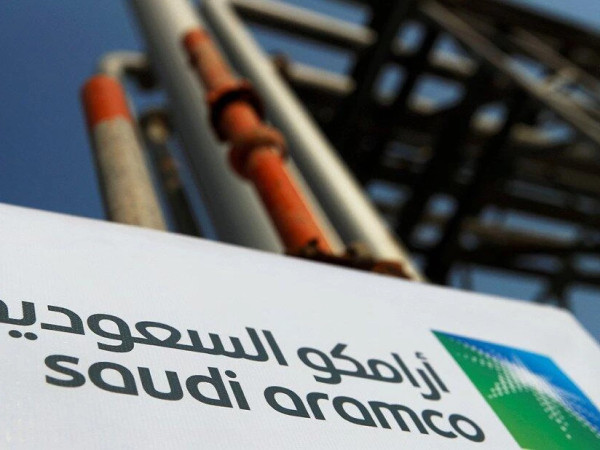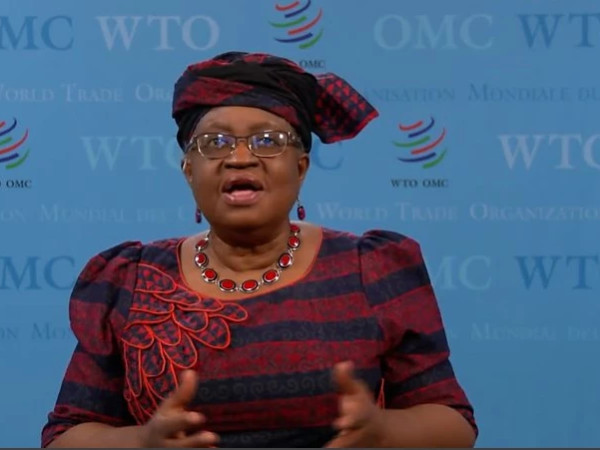If you are trying to understand the differences between China and other markets in terms of how e-commerce drives a brand’s strategy, this column is for you. Because the online-to-offline migration in China is different from any other market.
Is offline dead in China? Not at all—especially if you are in the mass market or middle-market space. Toothpaste and light bulbs need offline distribution because they have products that will be universally used by China’s 1.4 billion population. These are products of necessity and also products that have significant appeal to those in the lower end of the socio-economic spectrum, those least likely to be online or least likely to be comfortable with e-commerce.
But what about the international or the premium products? Offline can give a lift to sales, but offline will not drive success in the market. Consider three factors.
Online share: Online has a majority and growing share of retail sales. Emarketer tells us that online will account for 52.1% of all retail sales in China this year, rising to 55.6% in 2022. (But that remaining 44.4% is still a lot, isn’t it?)
Premium skew: That figure understates the online share for international and premium brands. Premium brands outperform in e-commerce, as it is the preferred channel for younger and more educated shoppers. So in China, some 77.7% of all cosmetic sales will be online this year. (But that remaining 22.3% is still a lot, isn’t it?)
Immediacy: Even that 77.7% understates the role of e-commerce because of the time factor. Remember that e-commerce gives you immediate coverage, whereas offline is an incremental build with a huge threshold factor. In other words, your beauty brand can attain more or less complete coverage of that 77.7% in six months. But you would be fortunate to attain 25% coverage of that 22.3% offline space within five years. So in five years (when 80% of cosmetic sales will be online), your sales are not in an 80-20 online to offline ratio, but in an 80-5 online to offline ratio.
What’s the threshold factor mentioned above? If you are at, say, $5 million in online sales, you will find that every online platform, every holiday sale, every promotion, every livestream opportunity will be more or less available to you.
But at $5 million in online sales, you are below the threshold to be taken seriously by most offline distributors. If your online sales are at $5 million, the ceiling of your offline sales is $1 million. So every retailer knows that at best your brand represents a few hundred thousand dollars in offline sales. Sure, you will get some offline toeholds, in multi-brand cosmetic stores which will likely offer much worse economics than online.
The psychological difference
There is a shorter explanation for all this: channel psychology.
The psychology of online is: We like to take calculated risks. Getting you online is not a big expense or a burden, so let’s try it. We will make a bet on your beauty product, based on your home market experience, what we have seen in our focus groups, our own instincts, and our comfort level in dealing with you. Shelf space is infinite.
The psychology of offline is the opposite: We are paid to avoid risks. Getting you on our store shelves is an expense, so we do not want to do it unless we are certain it is worth our effort. Unless there is something spectacularly different about your brand, we will not engage with you until you are at $10 million in online sales. Shelf space is finite.
So offline sales are not irrelevant. If you are Nike or Procter & Gamble, you can probably achieve 90% offline coverage within a few decades. However, if you are a premium cosmetics brand, you might be fortunate to achieve 25% coverage after five years, allowing offline sales to give a 5-10% lift to a brand.
Source: Forbes















